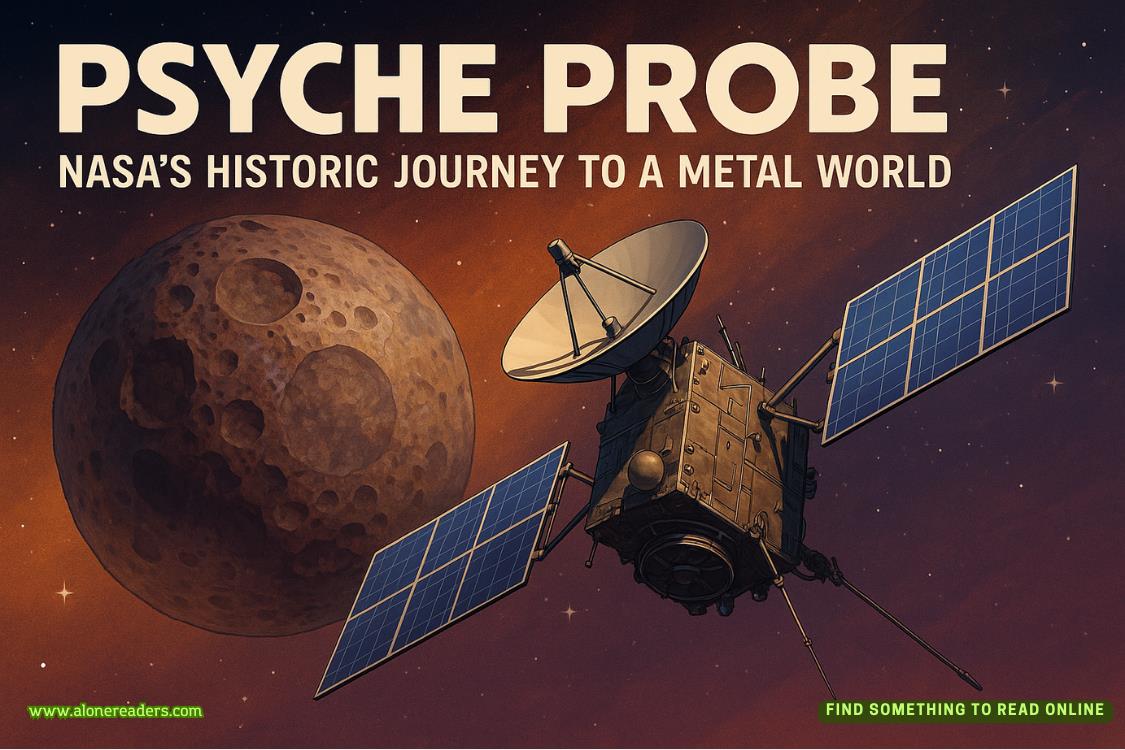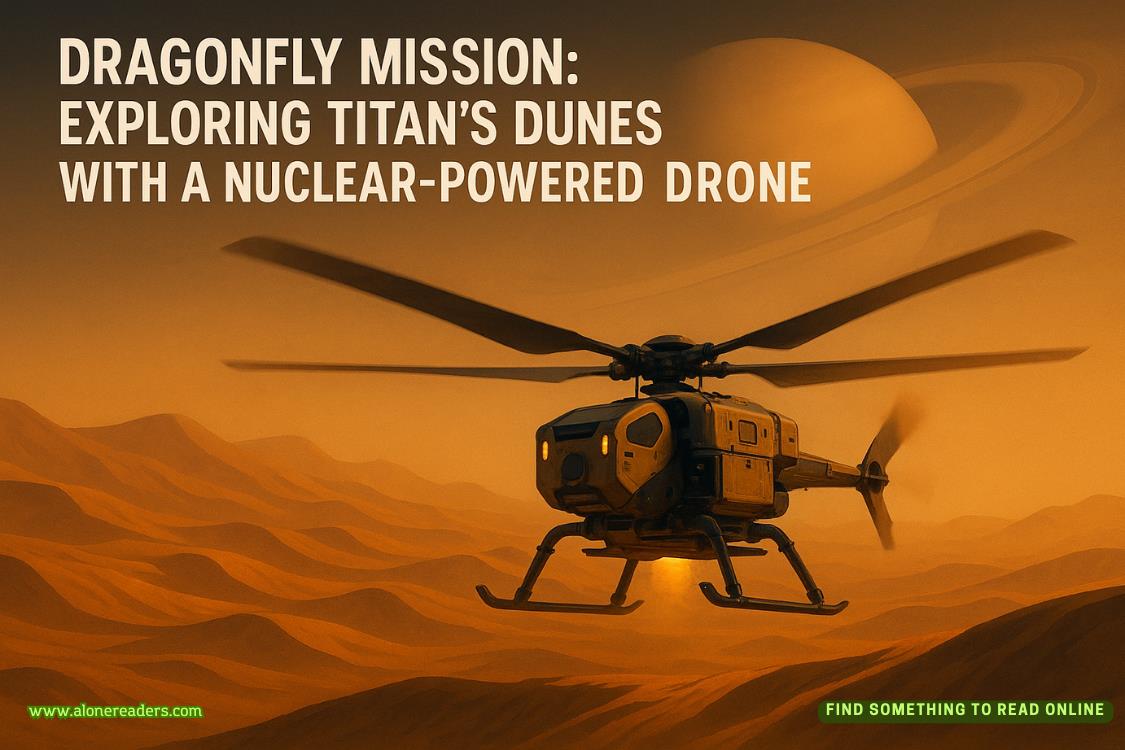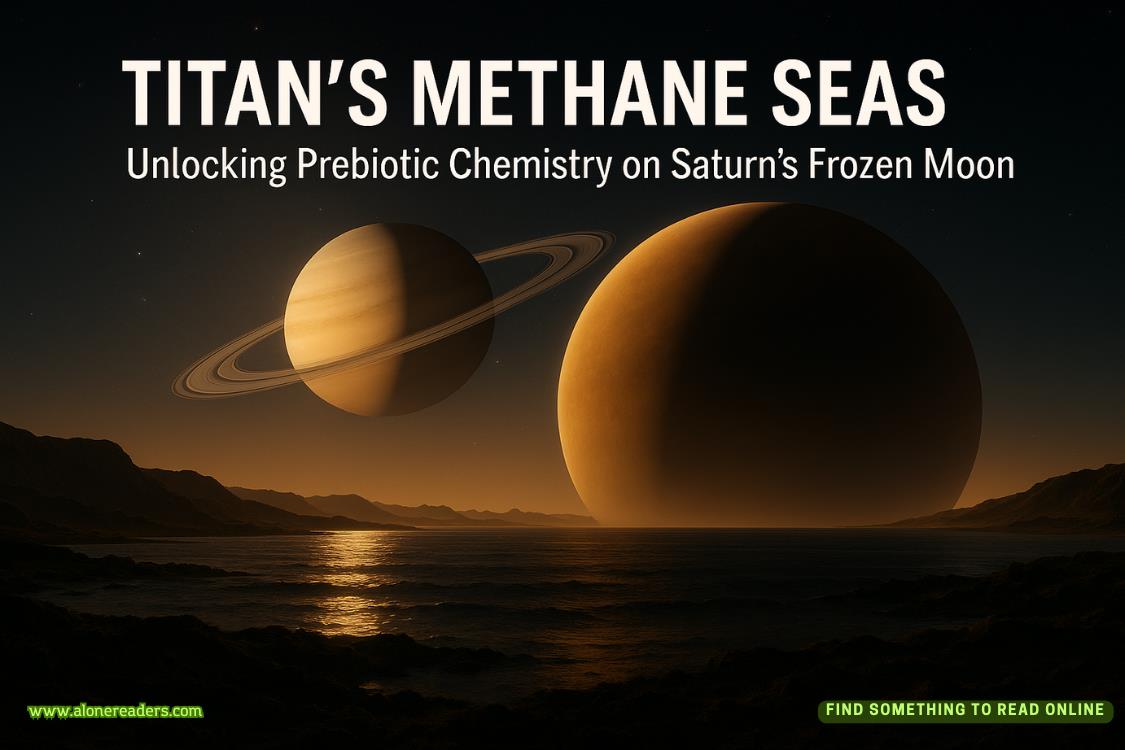Page 204 of Secrets Beneath the Waves
Oumar shrugs. “I don’t even know if it’s real.”
“Then why would Kozlov think you have it—or at least have access to it?”
“Before my father died, he told me about one of his employers who ended up in possession of what he called the Violet Protocol. He was a smuggler turned informant for the Americans, who ended up vanishing years ago.”
“And the information?” Graham asks. “Did it vanish as well?”
“Far as I know, yes.”
“What was it exactly?” I ask. “A thumb drive. . .a ledger. . .”
“I’m not sure. All I know is that the coordinates for hidden arms caches would be extremely valuable.”
“As would any names,” I say. “But it sounds more like rumors if you ask me. Cold war superstitions.”
“Maybe,” Oumar says. “But Kozlov believes it’s true.”
Graham looks up at both of us. “All the intel has been transferred securely.”
I nod. “Then we need to get back to Paris.”
CHAPTER
SEVENTEEN
The intel Oumargave us is thorough. We now have the identities of the front company operating the ship that is planning to pick up the weapons, the port of transfer, and the location where the actual exchange will take place. While Oumar is being seen by a doctor, I’m working with Graham, Hawke, and Lizzie, who is now well enough to be back at the office. Rourke was right about the red tape, but it’s essential we validate the information as much as possible through satellite imagery and the CIA’s own intercepted transmissions and intel we have access to.
We have less than four hours to put a coordinated team together.
Hawke has connected with a trusted military liaison in order to get the SEAL team involved that is already deployed in the targeted area. The plan going forward is to ensure the SEALs have a window to hit the container without interference.
Three hours and twenty-five minutes later, I’m standing in the back of the ops room, my eyes fixed on a row of large monitors. On one screen, a live feed shows the port of Casablanca. Additional screens flicker with a mixture of infrared drone feeds, satellite visuals, and helmet cams.
Graham stands next to me, his arms folded as he shifts nervously from one foot to another. Lizzie is at the console, making sure we stay connected to the feed, while Hawke stands grim and quiet in the background.
All our nerves are on edge. We know all too well what will happen if things go south.
“Moving to breach the target now,” a voice crackles over one of the comms.
“If any of Oumar’s intel is wrong and we were sold out, those SEALs could be walking into a bloodbath,” Graham says.
“Too late to second-guess anything now,” Hawke snaps.
The SEALs have coordinated the raid with a group of uniformed port guards and local allies. We watch the live feed captured by a SEAL member’s helmet, the footage flickering with static, a blur of grainy, black-and-white night vision.
A second voice comes over the comms. “Bravo-1 in position. Moving to breach the target container.”
The feed on another screen shows two seals moving between stacked shipping containers. They halt, check the corners, and then approach a container markedCorvus Global Shipping.
“That’s the shell company,” I say quietly.
“Confirmed,” Lizzie says. “Registered in Cyprus.”
I watch, holding my breath as the SEALs plant a charge then stand back. Next follows a muffled explosion as the doors blow inward. The SEALs rush into the container. Through the night vision camera I can see long crates inside. So far, everything is going according to plan. One of the SEALs opens a crate and brushes off the packing hay to reveal a stacked shoulder-fired missile.
“We have visual confirmation of the weapons,” says SEAL one over the comms. “Dozens of portable, infrared-homing surface-to-air missiles systems.”
I watch the crates as they are being opened. Compartments of rifles, missile tubes, and NATO-grade Ordnance.















